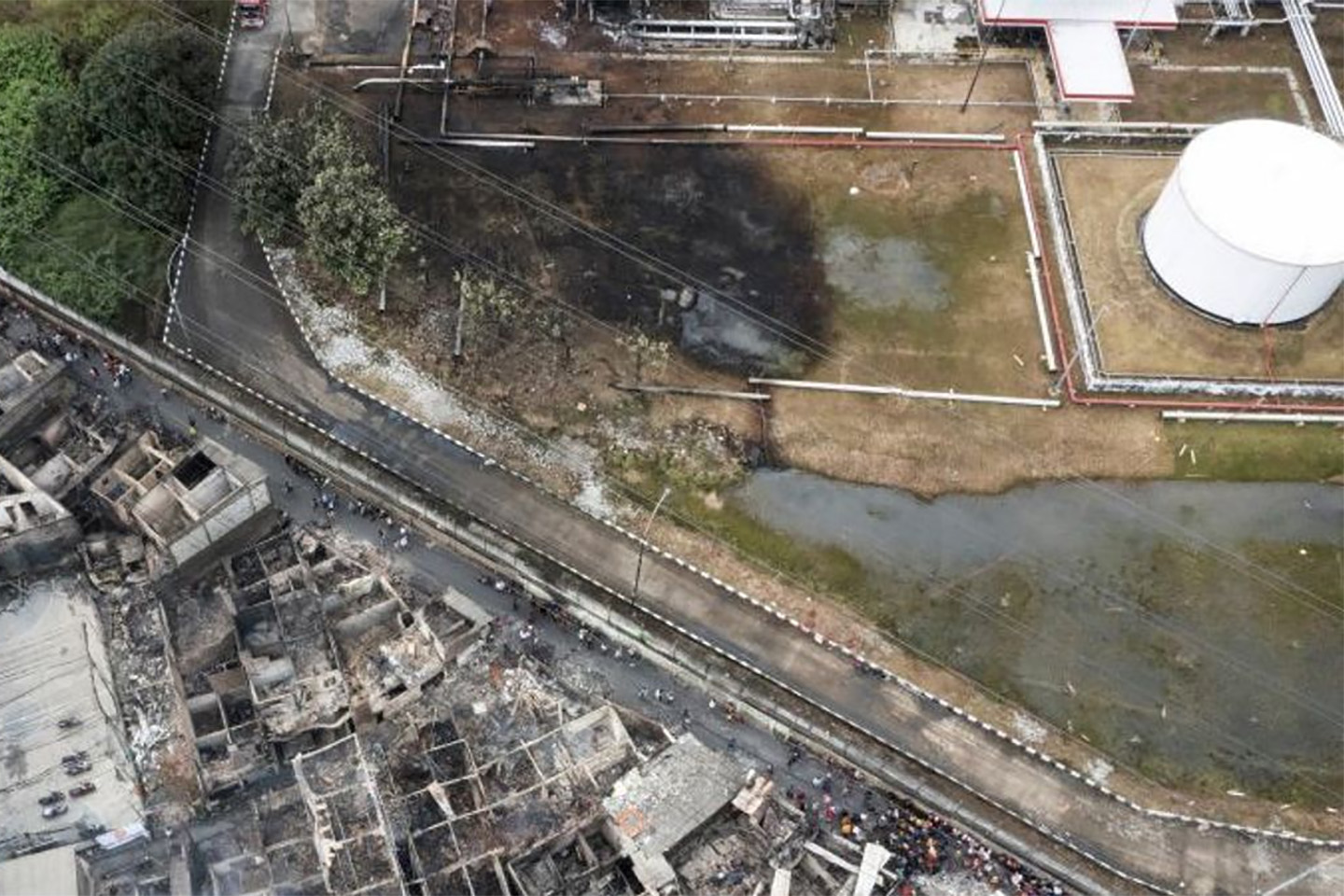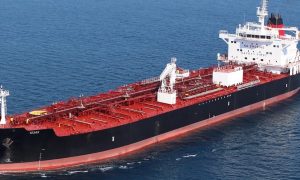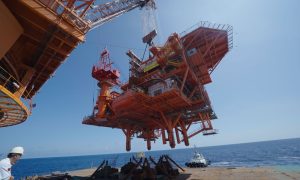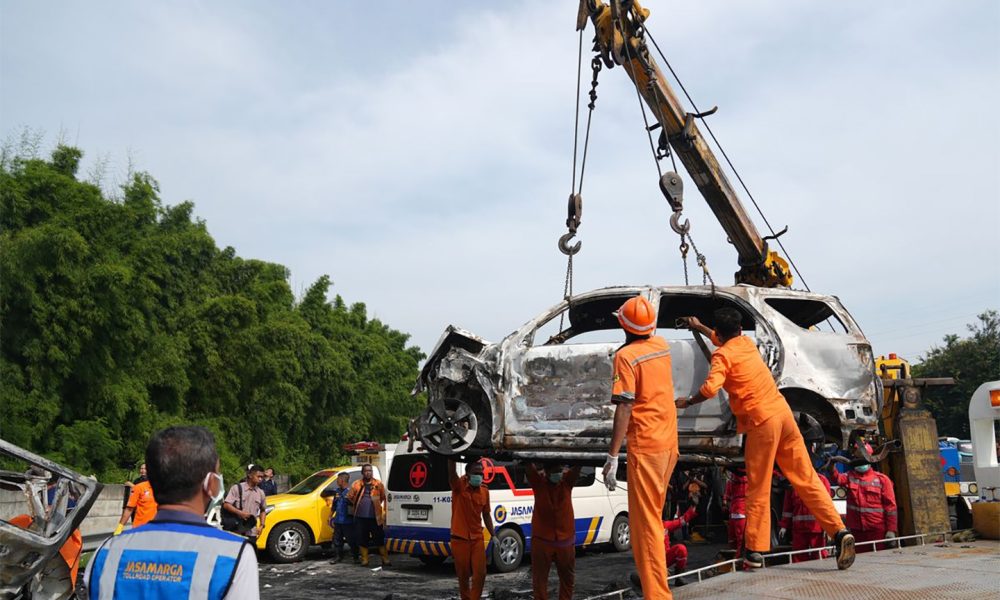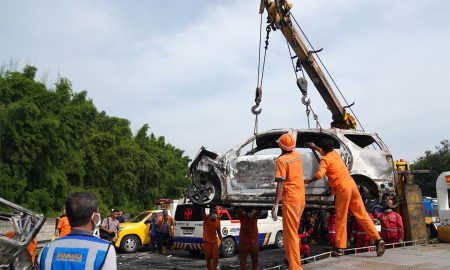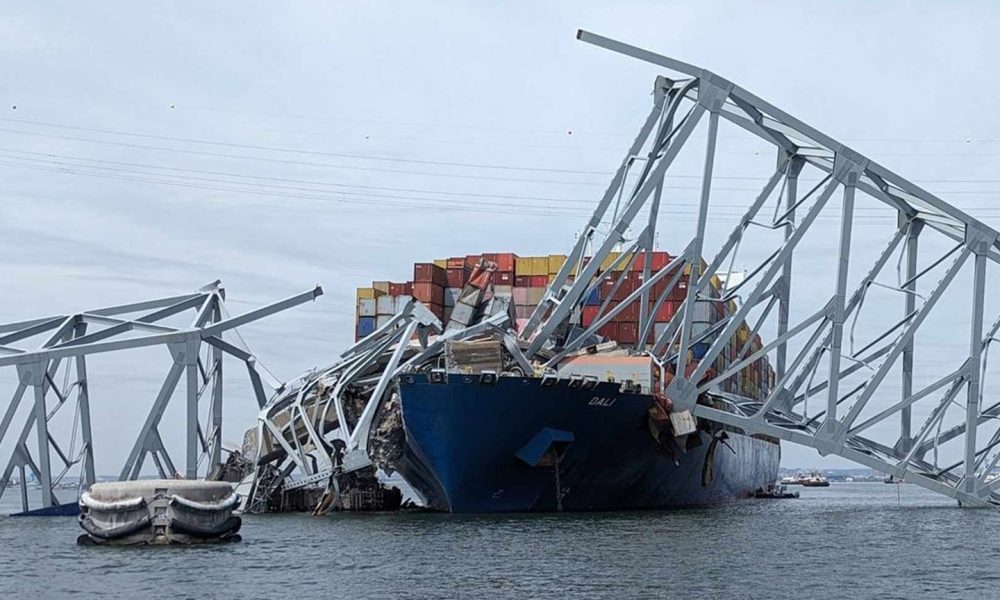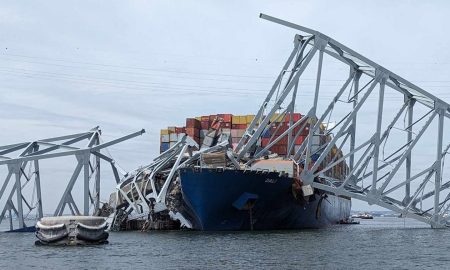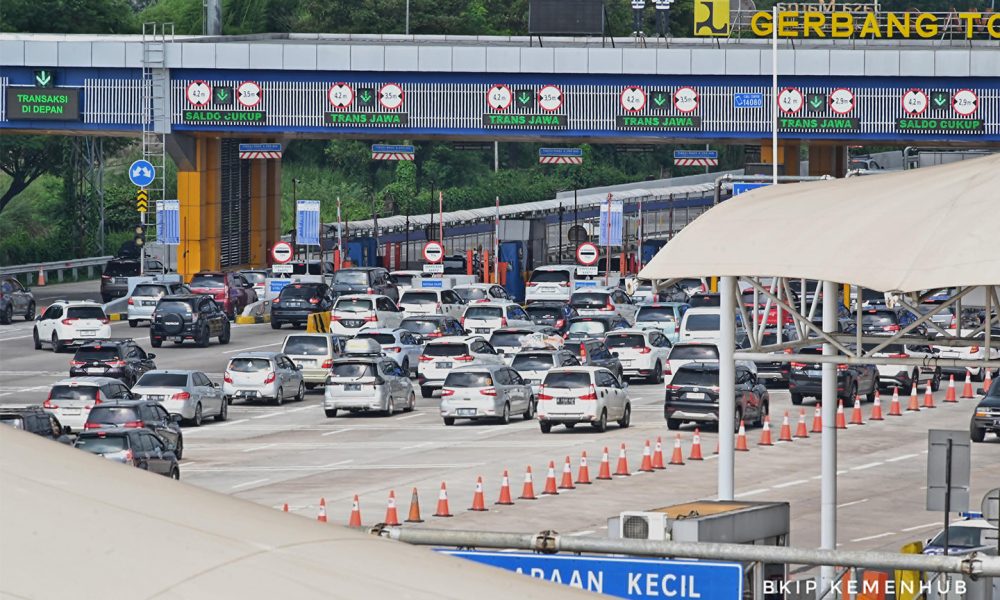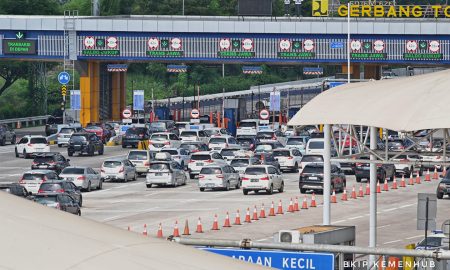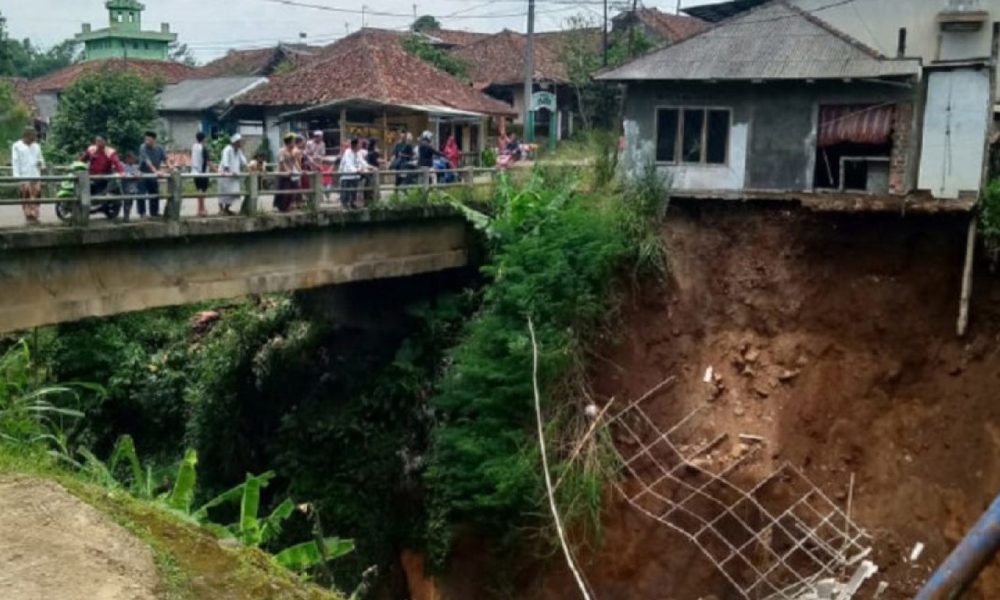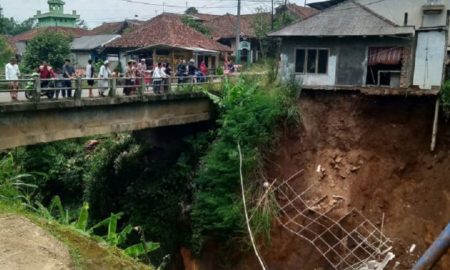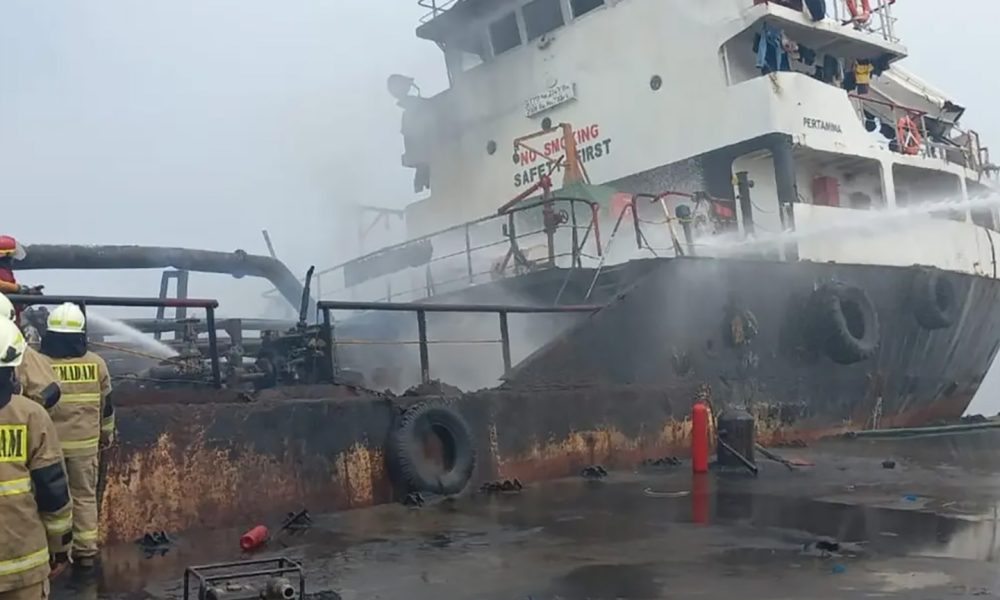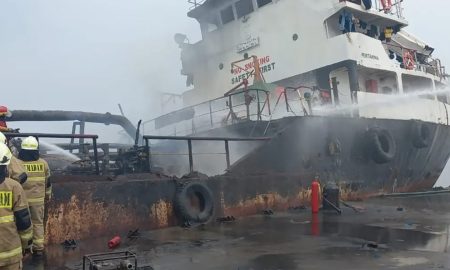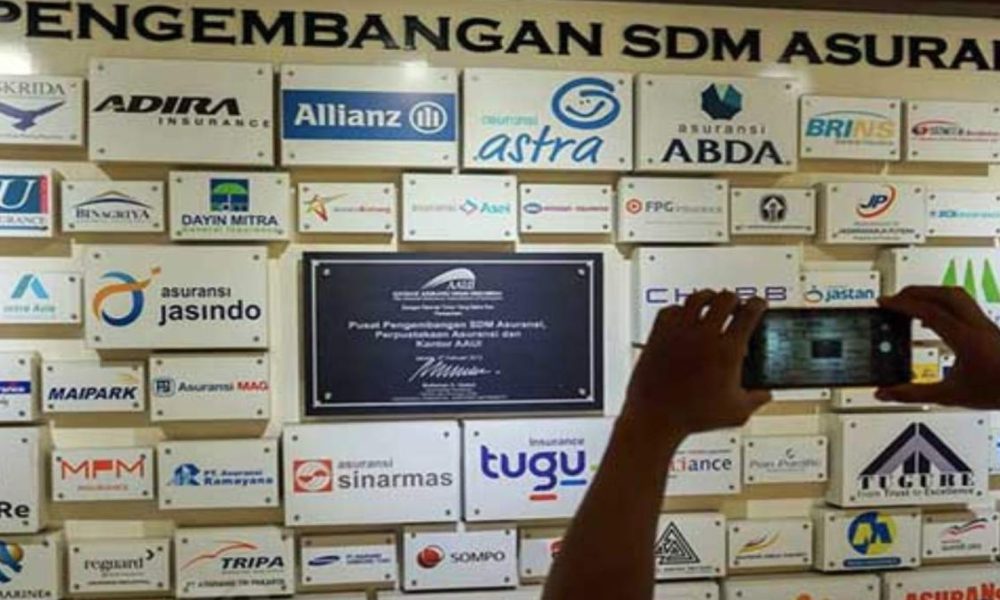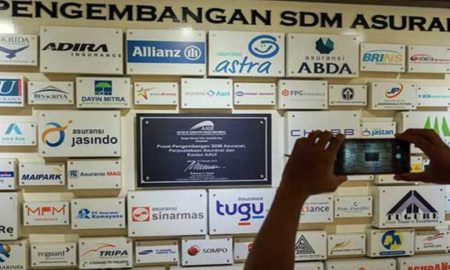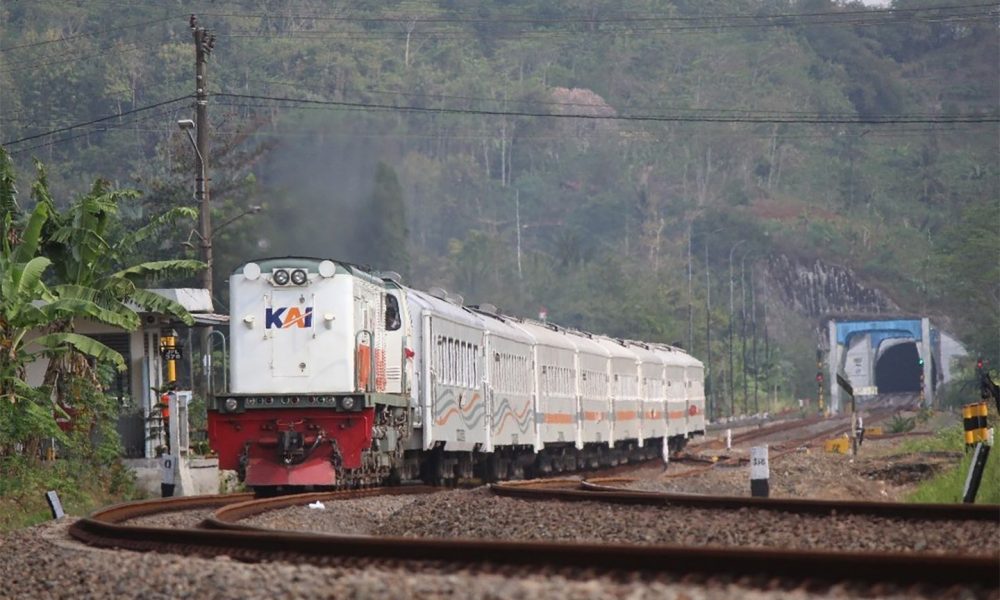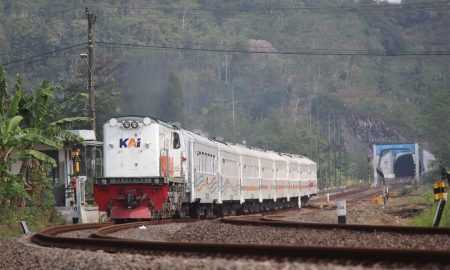Liga Asuransi – Dear readers, how are you? I hope your business is getting better.
On Friday evening, March 3rd, 2023, we in Jakarta were shocked by a big fire that hit a fuel oil storage tank complex owned by Pertamina, a state-owned company.
It is located in the northern part of Jakarta, close to the port of Tanjung Priok. But the flame can be seen from several kilometers.
Started operation in 1974, the Plumpang Fuel Terminal has a stockpile tank capacity of 291,889 kiloliters.
Currently, the Plumping Fuel Terminal distributes products with complete variants: Premium, Bio Solar, Dex, Dexlite, Pertamax, Petalite, and Pertamax Turbo, through a world-class Terminal Automation System (TAS) commonly called the New Gantry System to a compartment of 249 tank trucks.
In the publication of Global Tank Storage, Plumpang TBBM is considered the essential fuel terminal in Indonesia. Plumpang supplies around 20% of daily fuel needs in Indonesia, or about 25% of the total needs of PERTAMINA gas stations. The average fuel throughput is 16,504 kiloliters per day, and the main distribution area includes Jabodetabek.
As of this day, March 5th, 2023, As a result of this fire, 19 people died, dozens of people were injured, and still, some people are missing. Thousands of people had to be displaced, and hundreds of homes burned and damaged.
Meanwhile, the damage and loss suffered by PERTAMINA are extensive, consisting of pipes, tanks, pumps, several other facilities, and the lost fuel stock.
The investigation is still undergoing. It has not been estimated how much loss was suffered, but what is certain is that the amount is quite large.
This accident has attracted the attention of almost Indonesian top officials, several cabinet ministers, the vice president, and even the president of the Republic of Indonesia, Joko Widodo. President has addressed some guidelines to solve the matter and avoid the future.
As an insurance broker, I am concerned about this calamity. To all the people, I would like to express my condolences to all the people affected by the disaster in terms of risk management and insurance; I would like to discuss several aspects in the hope that they can be considered by all parties concerned.
What are the risks and insurance protection for Oil and Gas Storage?
Theoretically, what can be the causes of the fire?
There could be several potential causes of a fire in a fuel oil storage facility, including:
- Electrical faults or malfunctions
Electrical equipment, such as pumps, motors, and lighting, can malfunction and cause sparks or heat that could ignite fuel vapors.
- Human error
Human error, such as improper handling of fuel or equipment, can also lead to fires. This includes accidents such as dropping tools, smoking near fuel storage tanks, or improper equipment maintenance.
- Natural causes
Natural causes such as lightning strikes or wildfires could ignite fuel storage facilities.
- Equipment failure
Equipment failures, such as a rupture in a tank or pipeline, can release fuel and cause a fire.
- Arson or sabotage
Intentional vandalism, arson, or sabotage could also cause a fire in a fuel storage facility.
It is essential for fuel storage facilities to have proper risk management procedures in place to prevent and mitigate fire risk.
In a press conference held today, the Chief Indonesian police verbally informed that the possible cause of the fire was equipment failure. The final finding will be released soon.
What are the loss prevention measures for fuel oil storage?
Fuel oil storage loss prevention measures are necessary to ensure fuel oil is stored safely and securely. Here are some measures that can be taken to prevent the loss of fuel oil during storage:
- Proper tank design and construction
The fuel oil storage tank should be designed and constructed according to industry standards to ensure that it is strong enough to withstand the weight of the fuel and any environmental factors that may impact it.
- Regular inspections
Tanks should be inspected regularly to ensure that they are in good condition and that no leaks or other issues could result in fuel loss.
Preventing fuel loss during storage requires proper design, regular maintenance, and appropriate safety measures.
- Leak detection systems
Leak detection systems can be installed to detect any leaks or spills in the tank or piping system.
- Secondary containment
Secondary containment can be used to contain any spills or leaks. This can include a secondary tank or a containment system around the primary tank.
- Proper maintenance
Tanks and other equipment should be adequately maintained to ensure that they are in good condition and that no issues could lead to fuel loss.
- Fire protection
Fuel oil storage areas should have appropriate fire protection measures, such as fire extinguishers and sprinkler systems.
- Training and Education
Proper training and education can help prevent the loss of fuel oil by ensuring that employees and contractors know adequate handling and storage procedures.
- Environmental regulations
Compliance with environmental regulations can help prevent fuel loss by ensuring that all fuel oil storage and handling is done in an environmentally responsible manner.
Requirements concerning the environmental regulations for fuel oil storage.
The environmental regulations for fuel oil storage vary by country and region, but several common standards and requirements apply in many jurisdictions. Some of the critical rules and criteria include the following:
- Spill prevention, control, and countermeasures (SPCC) regulations
These regulations, which apply in the United States, require facilities that store large quantities of oil to develop and implement spill prevention plans that outline measures to prevent spills, contain them if they occur, and minimize their environmental impact.
- Secondary containment requirements
Many jurisdictions require secondary containment systems to be in place around fuel oil storage tanks and piping to prevent spills and leaks from contaminating the surrounding environment.
- Tank design and construction standards
Regulatory agencies or industry organizations often establish tank design and construction standards to ensure that tanks are strong enough to withstand the weight of the fuel and any environmental factors that may impact them.
- Environmental permitting requirements
Many jurisdictions require facilities that store fuel oil to obtain environmental permits that outline specific requirements for fu fuel storage, handling, and disposal. Conditions also require facilities to submit periodic reports on their environmental compliance.
- Clean Air Act regulations
In the United States, the Clean Air Act regulates emissions of air pollutants, including those from fuel oil storage and handling facilities. Facilities may be required to obtain permits and comply with emission standards to reduce their impact on air quality.
- Clean Water Act regulations
The Clean Water Act regulates the discharge of pollutants into navigable waters, including those from fuel oil spills or leaks. Facilities may be required to obtain permits and comply with standards to prevent the discharge of oil into waterways.
- Waste management regulations
Facilities that store fuel oil may generate waste materials, such as contaminated soil or used oil. Waste management regulations require these materials to be appropriately handled, stored, and disposed of to prevent environmental contamination.
The specific environmental regulations for fuel oil storage will depend on the facility’s jurisdiction. Facility operators must understand the applicable rules and minimize their ecological impact.
What is the fair safety distance or zone from the fuel oil storage to the surrounding community?
The fair safety distance or zone from fuel oil storage to the surrounding community will depend on several factors, including the type and quantity of fuel oil being stored, the location of the storage facility, and the surrounding land use and population density. Safety distances are generally established to minimize the risk of fire, explosion, and other hazards associated with fuel oil storage.
The Occupational Safety and Health Administration (OSHA) guides safety distances for fuel oil storage facilities in the United States. According to OSHA, a minimum length of 50 feet is recommended for tanks containing less than 12,000 gallons of fuel oil. A minimum distance of 75 feet is recommended for tanks with more than 12,000 gallons of fuel oil. These distances may need to be increased depending on the specific circumstances of the storage facility.
In addition to OSHA guidance, local zoning, and land use regulations may establish safety distances or buffer zones for fuel oil storage facilities. These regulations may consider factors such as population density, proximity to sensitive land uses such as schools or hospitals, and the potential impact of a fuel oil spill or release.
The Types of Insurance Policies respond to this fire accident for PERTAMINA.
In the event of a fire that causes property damage to a fuel oil storage facility, several types of insurance may respond, depending on the circumstances:
Suppose the fuel oil storage facility is covered under a property insurance policy. In that case, this policy may provide coverage for damage to the physical structure of the facility, as well as any contents inside, such as the fuel oil itself. The procedure may also provide coverage for business interruption, which can help the facility owner cover lost income resulting from the fire.
- Business interruption insurance:
This type of insurance can provide coverage for lost income resulting from the interruption of business operations due to the fire. This coverage can help the facility owner cover ongoing expenses while the facility is out of commission.
- Environmental liability insurance (Pollution Liability)
The facility owner may have purchased ecological or pollution liability insurance if the fire results in environmental cleanup. This policy can cover costs associated with the cleanup of any pollution or contamination caused by the fire.
If a third party causes the fire, such as a contractor or service provider, the liability insurance held by that party may respond to the damages.
It is important to note that insurance policies can vary widely, and coverage depends on the specific language of each procedure. In an accident, it is always best to consult with an insurance expert or attorney to determine which procedures may apply and how to proceed with filing claims.
Type of Insurance Policies Responds to Surroundings Community (Third Party)
in the case of a fire that results in death and third-party property damage caused by fuel oil storage, several types of insurance policies may respond depending on the specific circumstances and the policies held by the parties involved.
- Homeowner’s insurance or commercial property insurance
If the fuel oil storage was located on the owner’s property or a business, the homeowner’s or commercial property insurance might cover the damage caused by the fire. These policies typically cover property damage and liability arising from using the property.
The house owners can claim their insurance for loss or damage.
- Motor Vehicle Insurance
If the cars owned by the victim are insured, then they can claim the loss or damage to their insurance.
- Life Insurance
The family can claim the life insurance policy for all the dead victims, including BPJS death benefits.
- Workers’ compensation insurance (BPJS TK and BPJS K)
If the fire resulted in the death of an employee, the employer’s workers’ compensation insurance might provide death benefits to the employee’s family.
As a professional and extensive company, we assume that PERTAMINA has always maintained the third-party liability insurance policy, and this accident will be responded to by its CGL policy. Please read our previous article about CGL policy for oil and gas companies.
For an effective CGL claim arrangement, we suggest that all third parties (the victims) jointly appoint a representative or a lawyer to negotiate with PERTAMA and their insurance company to get the maximum compensation from the CGL policy.
The roles of an insurance broker for claim settlement of fuel oil tank fire accidents.
An insurance broker can assist the insured in navigating the claim settlement process for fuel oil tank fire accidents and help ensure that they receive the compensation they are entitled to under their policy.
An insurance broker can play several roles in the claim settlement process for fuel oil tank fire accidents, including:
- Assisting the insured
An insurance broker can help the insured understand their policy coverage and assist in filing the claim. They can also help the insured provide all the necessary documentation to support the claim.
- Negotiating with the insurer
Insurance brokers have experience negotiating with insurers and can advocate for the insured to ensure they receive a fair settlement for their claims.
- Coordinating with experts
In fuel oil tank fire accidents, experts such as engineers, environmental consultants, and restoration specialists may be needed to assess the damage and estimate the cost of repairs. An insurance broker can help coordinate these experts and ensure their findings are included in the claim.
- Facilitating communication
The claim settlement process can be complex and involve multiple parties. An insurance broker can facilitate communication between the insured, the insurer, and any other parties involved in the claim settlement process.
- Monitoring the claim
Insurance brokers can monitor the claim throughout the settlement process to ensure that it progresses smoothly and that the insured is treated fairly.
One of the leading insurance brokers in Indonesia that focuses on the oil and gas industry is L&G Insurance Broker.
For all your insurance needs call L&G now!
—
LOOKING FOR INSURANCE PRODUCTS? DON’T WASTE YOUR TIME AND CALL US RIGHT NOW
24-HOUR L&G HOTLINE: 0811-8507-773 (CALL – WHATSAPP – SMS)
website: lngrisk.co.id
E-mail: customer.support@lngrisk.co.id
—



